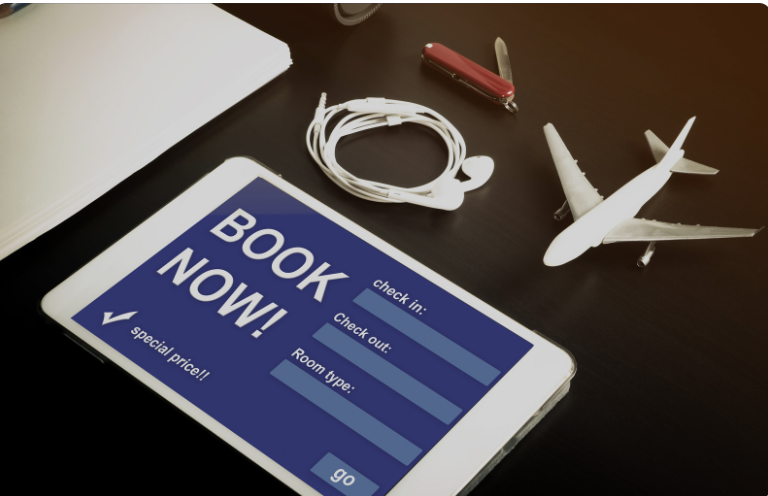A website serves as a powerful tool to attract leads and promote your business. Whether you’re choosing a pre-made 5-page website template or going all out with a full-function e-commerce site, there are essential components that maximize its effectiveness. Let’s explore these key elements:
1. An Easy-to-Navigate Menu
Think of the menu as your site’s anchor—a “north star” guiding visitors to the right information. Organize your menu logically, grouping content intuitively. Clear labels help visitors find what they need effortlessly.
2. A Search Bar
Speed up access to content with a search bar. Visitors can instantly retrieve information by typing keywords or phrases. No need to hunt through pages—the search bar streamlines their experience.
3. An Organized Homepage
Your homepage creates the first impression. Divide it into sections, each clearly labeled. Key elements to include:
- Elevator Pitch: Briefly introduce your company.
- Business Information: Highlight essential details.
- Testimonials (Social Proof): Build trust.
- Trust Logos: Showcase awards and affiliations.
4. Key Information About Your Company
Visitors seek information—provide it concisely. Stick to one idea per page. Standard pages like an “About” page and a list of services should accompany other relevant content.
5. Well-Organized and Accessible Text
Avoid overwhelming visitors with large blocks of text. Use short paragraphs and bullet points for readability. Make your content inviting and easy to digest.
6. Sidebar Offers
Leverage the sidebar to collect email addresses through subscriptions. These lists can promote new products or special offers.
7. Call to Action Buttons
Encourage specific actions: buying products, subscribing, exploring more pages, or sharing your site. These buttons drive engagement.
8. High-Quality Content
Regularly publish valuable posts to build trust and improve search engine rankings. Consistent posting increases your chances of ranking higher.
9. Attractive Offers
Be specific about your product or service benefits. Avoid confusing potential customers—identify why your solution matters.
10. Analytics
Use tools like Google Analytics to measure traffic flow. Understand which pages engage visitors and which ones need improvement.
11. Core Value Statement
Capture visitors’ attention within 8 seconds. Once connected, they’ll explore further.
12. Contact Information
Visible contact details prevent lost sales. Place them in the header, footer, or both.
13. Social Media Links
Connect with potential clients through regular social media updates. Visible links turn visitors into followers.
Remember, your website’s purpose is to inform the public about your brand or specific products. Maximize its potential by creating a user-friendly, informative, and visually appealing site.


Recent Comments